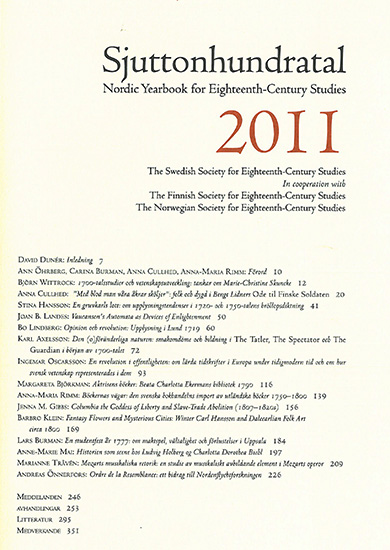Mozarts musikaliska retorik: en studie av musikaliskt avbildande element i Mozarts operor
DOI:
https://doi.org/10.7557/4.2399Keywords:
W. A. Mozart, opera, musical rhetoricAbstract
This article investigates and describes the components of Wolfgang Amadeus Mozart's musical rhetoric as they are visible in his operas from Zaide (1780) to Die Zauberflöte (1791). The relationship between verbal text and musical text is in these operas especially intimate, and Mozart used the musical text to illustrate, paint and comment the verbal text. Mozart's views on the compositional process, visible in his letters, rested on the notion that music should portray the characters, emotional content and action of the play, all within the harmonic laws of the time. To achieve that he used a combination of traditional musical rhetoric figures, conventions understood by his contemporaries, paralinguistic elements such as emotional prosody, and extralinguistic elements such as musical gesture, to portray actions and objects as well as concepts.









